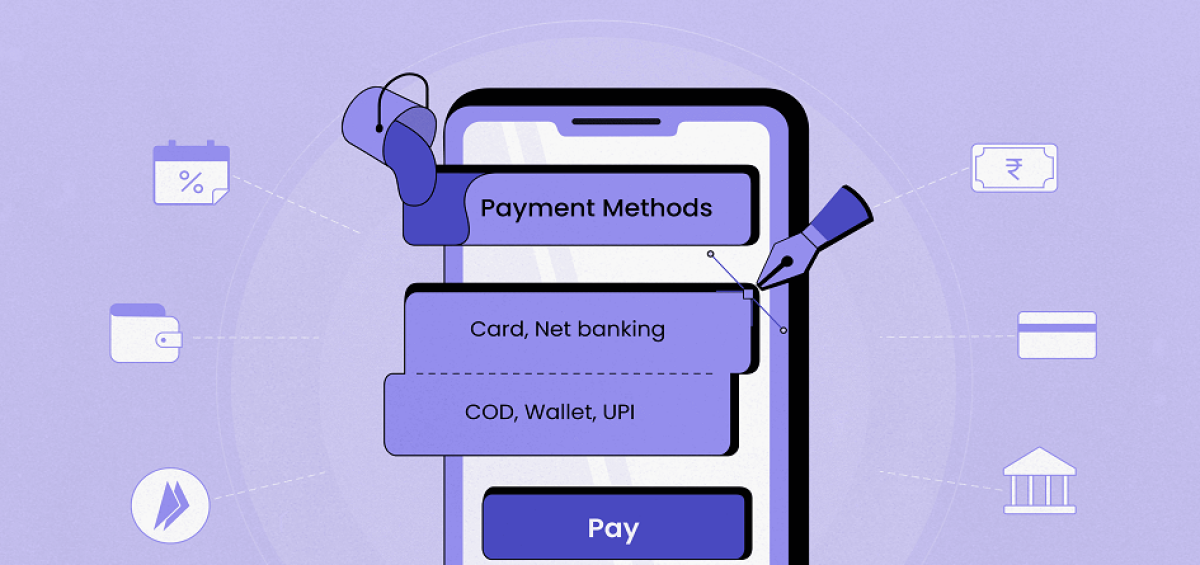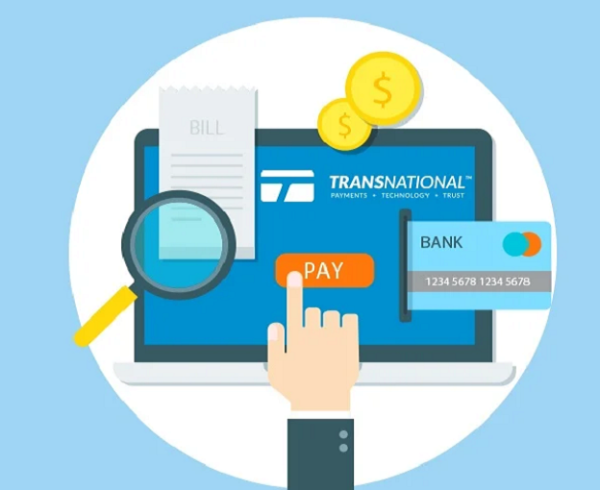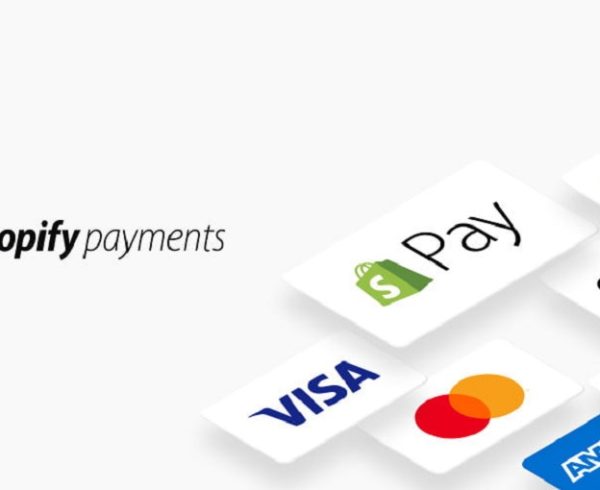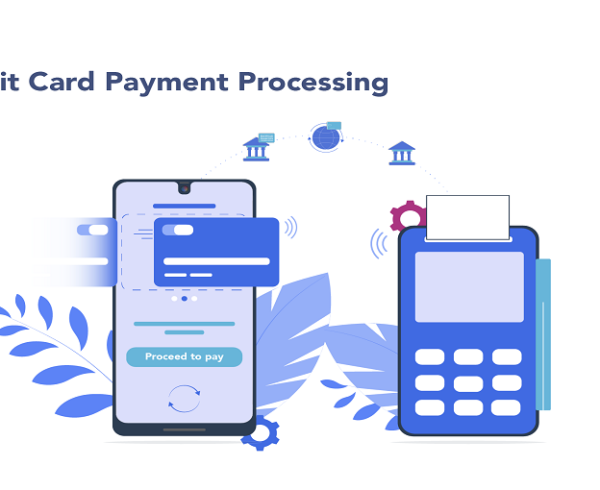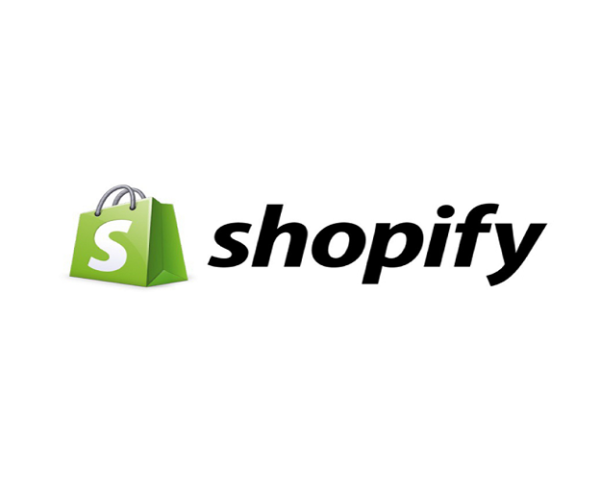For businesses to succeed in the fiercely competitive digital market, building a solid and recognizable brand identity is essential. The payment processing system is one aspect of this technique that is frequently disregarded. The ability for companies to provide payment services under their brand is known as white label payment processing, and it may greatly improve your company’s identity and streamline the client experience.
White label payment processing refers to a system where a payment processing service is provided by one company but branded and offered by another. Essentially, it allows businesses to integrate payment solutions into their services under their brand name, without having to develop the technology or infrastructure themselves.
This approach involves using a third-party provider’s technology and services, which are then customized and branded to fit the client’s specifications. The end customer interacts with a payment interface that appears to be entirely owned and operated by the brand, even though the backend processing is handled by the white label provider.
White label payment processing is a crucial aspect of modern business operations, offering numerous benefits that can significantly impact a company’s success. It enhances brand consistency by customizing the payment interface to reflect the company’s branding, ensuring a seamless customer experience. This personalization creates a positive and memorable experience for customers, reducing friction and increasing the likelihood of repeat business.
White label payment processing provides businesses with increased control over their payment systems, reducing costs and requiring less upfront investment in payment technology. Implementing a white label payment processing solution is typically faster than building a custom payment system from scratch, providing a competitive advantage in fast-moving industries. The solution is designed to scale with businesses, accommodating varying transaction volumes and adapting to changing needs. Security and compliance are top priorities in payment processing, with advanced security measures and compliance standards used to protect transaction data. Data insights and analytics are often included in white label payment processing solutions, attracting customers who value a personalized and professional experience.
This article examines white label payment processing’s features, advantages, and ways to use it to build your brand.
How White Label Payment Processing Works
- Integration: The company incorporates the white label payment gateway into the systems it currently uses. Point-of-sale systems, smartphone apps, and e-commerce platforms can all fall under this category.
- Branding: The payment system has been tailored to incorporate the company’s color palette, logos, and user interface design.
- Transaction Processing: The infrastructure of the white label provider handles the processing of a customer’s payment. The payment is processed with ease and seems to be a part of the company’s internal processes.
- Reports and Analytics: The white label card machine supplier provides businesses with comprehensive reports and analytics that they can utilize to monitor transaction data, handle client relations, and learn about payment patterns.
Benefits of White Label Payment Processing
1. Enhanced Brand Consistency
Businesses can provide a uniform brand experience across all consumer touchpoints with white label payment processing. The distinct brand identity of the company is reflected in every aspect, including the payment confirmation and the checkout page. Customers see this consistency as a smooth, professional experience that fits with the company’s overall branding strategy, which contributes to the development of brand awareness and trust.
2. Increased Control Over Customer Experience
Businesses may maintain complete control over the client payment experience by utilizing a white label solution. This involves customizing the payment interface’s appearance and feel to align with the brand’s visual identity and messaging. Ensuring a seamless and good customer experience from beginning to end through a tailored payment procedure may boost customer satisfaction and loyalty.
3. Cost Efficiency
An internal payment processing system’s development and upkeep can be expensive and resource-intensive. White label payment processing offers a more affordable option. Companies may take use of the payment provider’s technology and knowledge without having to make large expenditures in development or infrastructure. This keeps providing a strong payment solution while enabling businesses to concentrate their attention on core operations.
4. Faster Time to Market
It is usually quicker to implement a white label payment processing solution than to create a custom payment system from the ground up. Because the infrastructure and technology have already been created by the white label supplier, firms may easily integrate and launch their branded payment solution. This speed to market may be a big benefit, particularly in businesses that move quickly and where time is of importance.
5. Scalability
Solutions for white label payment processing are made to grow with the company. The payment system can accommodate different transaction volumes and adjust to changing demands regardless of the size of the company—it might be a tiny startup or a huge organization. Because of its scalability, the payment solution may expand in the future to meet the needs of the growing firm and its higher transaction volumes.
6. Enhanced Security
Security is of utmost importance when processing payments since it entails managing sensitive financial information. To secure transaction data, white label payment app frequently use cutting-edge security techniques and compliance requirements. Businesses may lower the risk of fraud and data breaches by utilizing the payment provider’s knowledge to guarantee that their payment systems are safe and adhere to industry standards.
FAQs
What is white-label payment?
To enable businesses to brand and portray the payment process as their own, third-party payment service providers give their infrastructure and technology to them under the terms of white-label payment processing. This implies that companies don’t need to build the technology to integrate and personalize payment systems under their brand. Using the knowledge and security of well-known payment processors, it lowers operating costs, improves brand consistency, and offers a smooth consumer experience.
What is white-label process?
A commercial arrangement known as a “white-label process” occurs when one firm creates a good or service, which is subsequently rebranded and sold as its own by another company. As a result, the rebranding firm may sell the good or service under its name without having to make any investments in the infrastructure needed for research or manufacturing. In a number of industries, such as consumer goods, technology, and finance, white-label processes are widely used to enable businesses to expand existing brands and provide new items or services without having to cope with the difficulties of kicking off from beginning.
What is white-label merchant acquiring?
A payment processing provider that offers merchant services and transaction processing under the brand name of another business is known as a white-label merchant acquirer. This enables companies to provide payment acceptance services to their customers without having to build the infrastructure or technology themselves. The white-label supplier handles the underlying payment processing, compliance, and support, while the rebranding business handles client relationships and customer-facing components. With this strategy, companies may effectively increase the range of services they provide while upholding a consistent brand experience.
What is white-label buy now pay later?
In the financial services industry, white-label buy now, pay later, or BNPL refers to the provision of a BNPL solution by a third party under the brand and marketing of another business. This enables companies to offer their clients the opportunity to make purchases and pay for them later without having to build the infrastructure or BNPL technology themselves. While the rebranding firm incorporates the service into its platform to improve sales prospects and its customer offering, the white-label BNPL provider handles the backend operations, including credit assessments and payment processing.
How do white label deals work?
White-label agreements enable one business to buy goods or services from another, rebranding and selling them under its own name. The buying business, often known as the “reseller,” incorporates these white-labeled goods or services into its portfolio and markets them to clients as its own. While the reseller concentrates on branding, marketing, and customer relations, the original manufacturer manages the development, production, and occasionally backend operations. With this setup, companies may grow their product or service portfolios without having to make internal investments in research and development or manufacturing.
Leveraging White Label Payment Processing to Enhance Brand Identity
1. Custom Branding
One of the most significant advantages of white label payment processing is the ability to fully customize the payment interface to reflect the business’s brand. This includes incorporating brand colors, logos, and design elements into the payment pages. Custom branding creates a cohesive experience that reinforces the brand’s identity and differentiates it from competitors.
2. Seamless Integration
Customers will have a flawless experience if the white label payment solution is integrated into the current systems. The payment procedure preserves the look and feel of the brand while seeming like a logical extension of the company’s website or mobile application. Customer satisfaction is increased and friction is decreased with a seamless, integrated payment experience.
3. Personalized Customer Interactions
White label payment processing systems frequently come with capabilities that let companies customize how they communicate with their clients. Customized receipts, alerts, and payment confirmations are a few examples of this. Personalization contributes to a memorable consumer experience and brand identity reinforcement.
4. Brand Differentiation
Differentiating oneself from the competition may be achieved by providing a branded payment option. While many companies utilize generic payment processing systems, companies may offer a distinctive and branded experience by using a white label card machine solution. This distinction has the potential to be an effective marketing strategy, drawing clients who appreciate a skilled and individualized payment process.
5. Enhanced Customer Trust
Providing clients with a branded, consistent payment experience helps to earn their confidence. Customers’ trust in the company is bolstered when they recognize the brand throughout the payment process. Building trust is essential for keeping customers and may result in higher levels of loyalty and repeat business.
6. Data Insights for Branding Strategies
Solutions for white label payment processing frequently include thorough reporting and analytics. Companies may learn more about consumer behavior, transaction patterns, and payment preferences by utilizing this data. Businesses may use this data to further customize their goods and develop branding strategies that better cater to the requirements and interests of their customers.
Case Studies and Examples
1. E-commerce Retailer
To improve the online checkout process, an e-commerce shop deployed a white label payment processing technology. The business produced a unified experience that was consistent with its entire brand identity by personalizing the payment pages with its branding components. Customer satisfaction significantly increased as a consequence, and cart abandonment rates significantly decreased.
2. Subscription Service
Best white label payment gateway processing was utilized by a subscription-based business to include payments within its mobile application. Users had a smooth experience with the branded payment interface, which strengthened the brand’s identity and increased user engagement. Positive customer experiences and higher customer retention were facilitated by the customized payment confirmations and alerts.
In conclusion, white label payment processing offers a powerful tool for businesses looking to enhance their brand identity and provide a seamless customer experience. By leveraging customized payment solutions, businesses can create a consistent and professional experience that aligns with their branding strategy. The benefits of increased control, cost efficiency, and enhanced security make white label payment processing reviews an attractive option for businesses of all sizes. As the digital landscape continues to evolve, investing in a white label payment gateway price solution can be a strategic move to strengthen your brand and drive long-term success.


